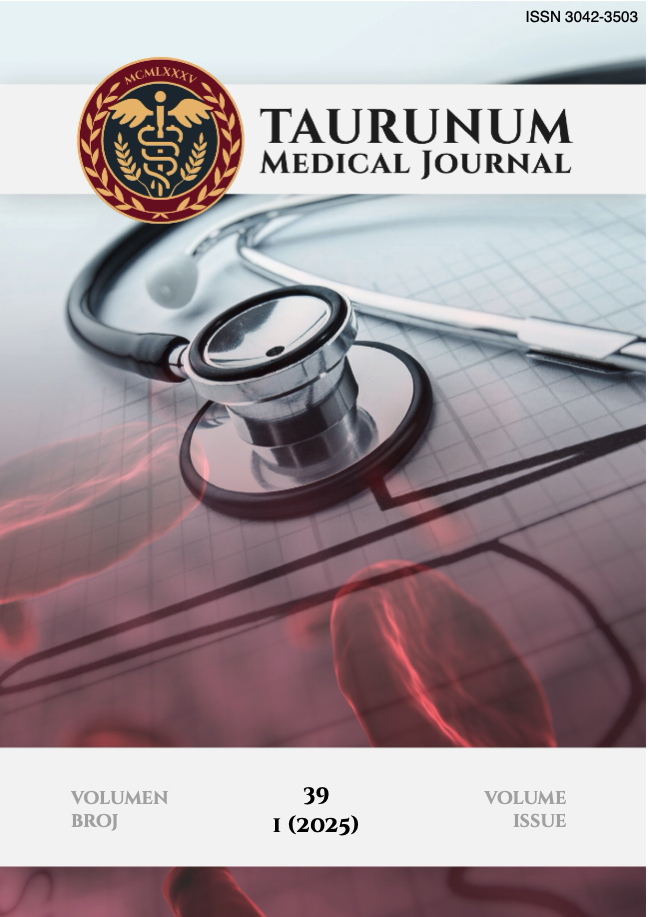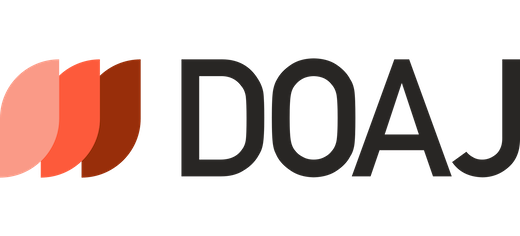
More articles from Volume 39, Issue 1, 2025
Severe Dyspnea Caused by a Massive Neck Mass - Report of a Case
Epidemiological characteristics of Covid19 positive patients in triage centre CHC Zemun
Massive Sinonasal Polyposis in an Elderly Patient: Report of a Case
The Importance of Intraoperative Exploration and Intensive Postoperative Monitoring in the Detection and Management of Synchronous and Metachronous Colorectal Tumors
Cervicogenic headache
Article views
Recurrent sialolithiasis in a patient with vitamin D hypovitaminosis
Kliničko-bolnički centar Zemun , Belgrade , Serbia
Clinical Hospital Center Zemun , Belgrade , Serbia
Faculty of Medicine, University of Belgrade , Belgrade , Serbia
Clinical Hospital Center Zemun , Belgrade , Serbia
Clinical Hospital Center Zemun , Belgrade , Serbia
Abstract
We present a case of a patient with recurrent sialolithiasis. Sialolithiasis is a condition characterized by mechanical obstruction of the excretory ducts of the salivary glands. The etiology of calculus formation remains unclear. Preoperative laboratory analyses indicated vitamin D deficiency. Computed tomography revealed calculi in the parenchyma of the deep lobe of the right parotid gland and in Stenson’s duct, which were surgically removed. A review of the literature shows no correlation between calcium levels of serum and saliva. However, vitamin D has an anti-inflammatory role, and its deficiency may lead to sialoadenitis, thus promoting sialolithiasis. The aim of this case presentation is to emphasize how changes in saliva composition and vitamin D deficiency may influence recurrent sialolithiasis.
Keywords
Citation
Copyright
This is an open access article distributed under the Creative Commons Attribution License which permits unrestricted use, distribution, and reproduction in any medium, provided the original work is properly cited.
Article metrics
The statements, opinions and data contained in the journal are solely those of the individual authors and contributors and not of the publisher and the editor(s). We stay neutral with regard to jurisdictional claims in published maps and institutional affiliations.




